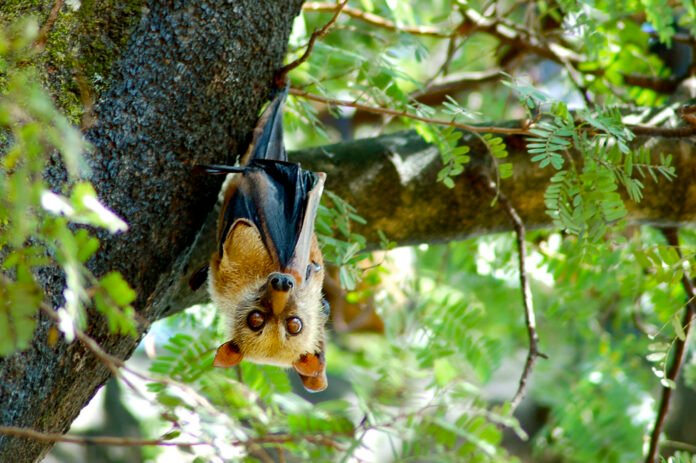A recent study conducted in Assam has shed light on the invaluable contribution of bats to natural pest control in the region’s paddy fields. The study, conducted by a team of wildlife researchers and ecologists, brings forth fascinating insights into the often-underestimated role of these nocturnal creatures in maintaining the ecological balance of agricultural landscapes.
The study was initiated to understand the dynamics of pest control in paddy fields, one of Assam’s primary staple crop cultivation areas. Over the years, rice farmers have often encountered issues with insects and pests that can significantly damage their crops. In an attempt to find sustainable and eco-friendly solutions, researchers turned their attention to the local bat populations.
During the study, researchers set up monitoring stations across several paddy fields in Assam. They used advanced acoustic recording devices to capture the sounds of bat echolocation, a technique used by bats to navigate and locate prey in complete darkness. By analyzing these recordings, they were able to identify different bat species present in the area.
The findings of the study were quite revealing. It turns out that various bat species are abundant in Assam’s paddy fields and are actively foraging on a variety of insects that are known agricultural pests. The bats primarily target insects like moths, beetles, and grasshoppers, which are often detrimental to rice crops.
All About Bats
One of the lead researchers, Dr. Alok Sharma, commented on the significance of these findings: “Bats act as natural predators, significantly reducing the population of these agricultural pests. This ecosystem service not only benefits farmers by decreasing crop damage but also aids in minimizing the need for chemical pesticides, which can have negative environmental consequences.”
The study has drawn attention to the importance of preserving the habitats of these remarkable creatures, as their presence offers a natural and sustainable form of pest control in agricultural landscapes. In recent years, bat populations worldwide have faced various threats, including habitat destruction and climate change, which have led to declines in their numbers.
Dr. Sharma also noted, “By understanding the ecological services provided by bats, we can advocate for the conservation of their habitats and raise awareness about the critical role they play in maintaining a balance in our ecosystem.”
The results of this study have sparked interest not only among researchers but also within the agricultural community in Assam. Many farmers are now looking at ways to create bat-friendly environments within their paddy fields to encourage the presence of these insect-hungry nocturnal allies.
In addition, the study conducted in Assam underscores the essential role of bats in preserving paddy crops by acting as natural predators of agricultural pests. As the region continues to face challenges related to sustainable agriculture, embracing these natural solutions can be a significant step forward in minimizing crop damage and reducing the reliance on chemical pesticides, promoting a healthier, more balanced ecosystem.




